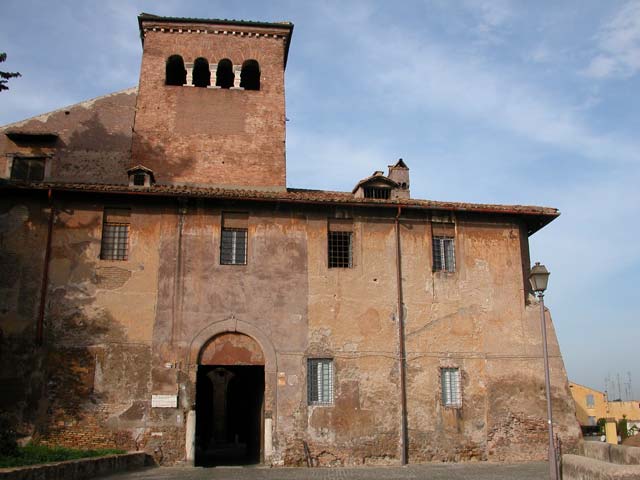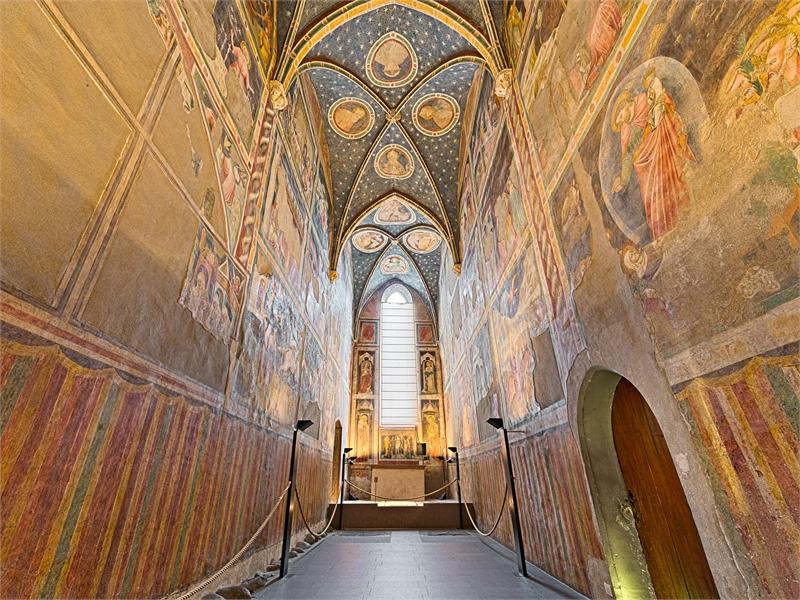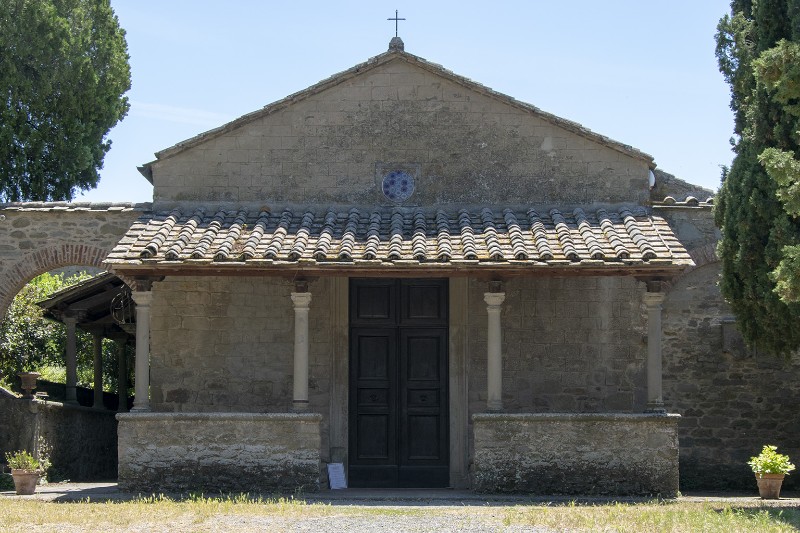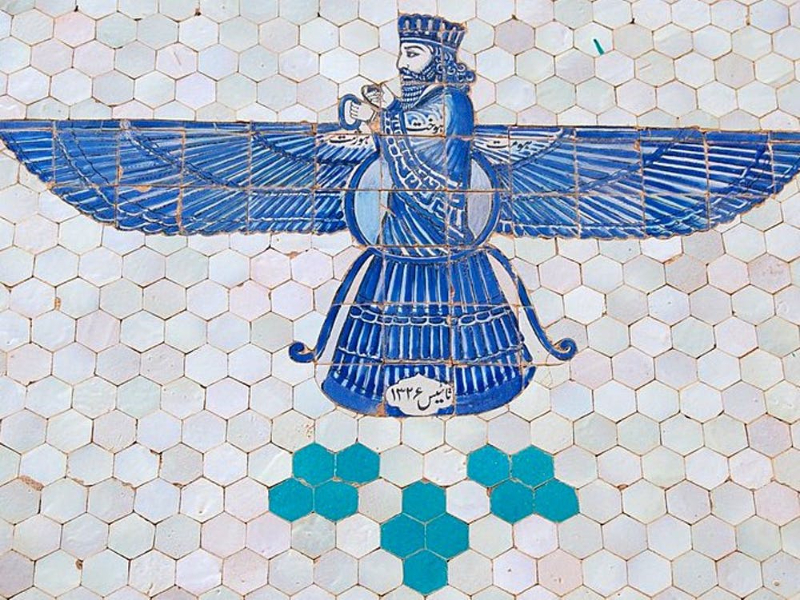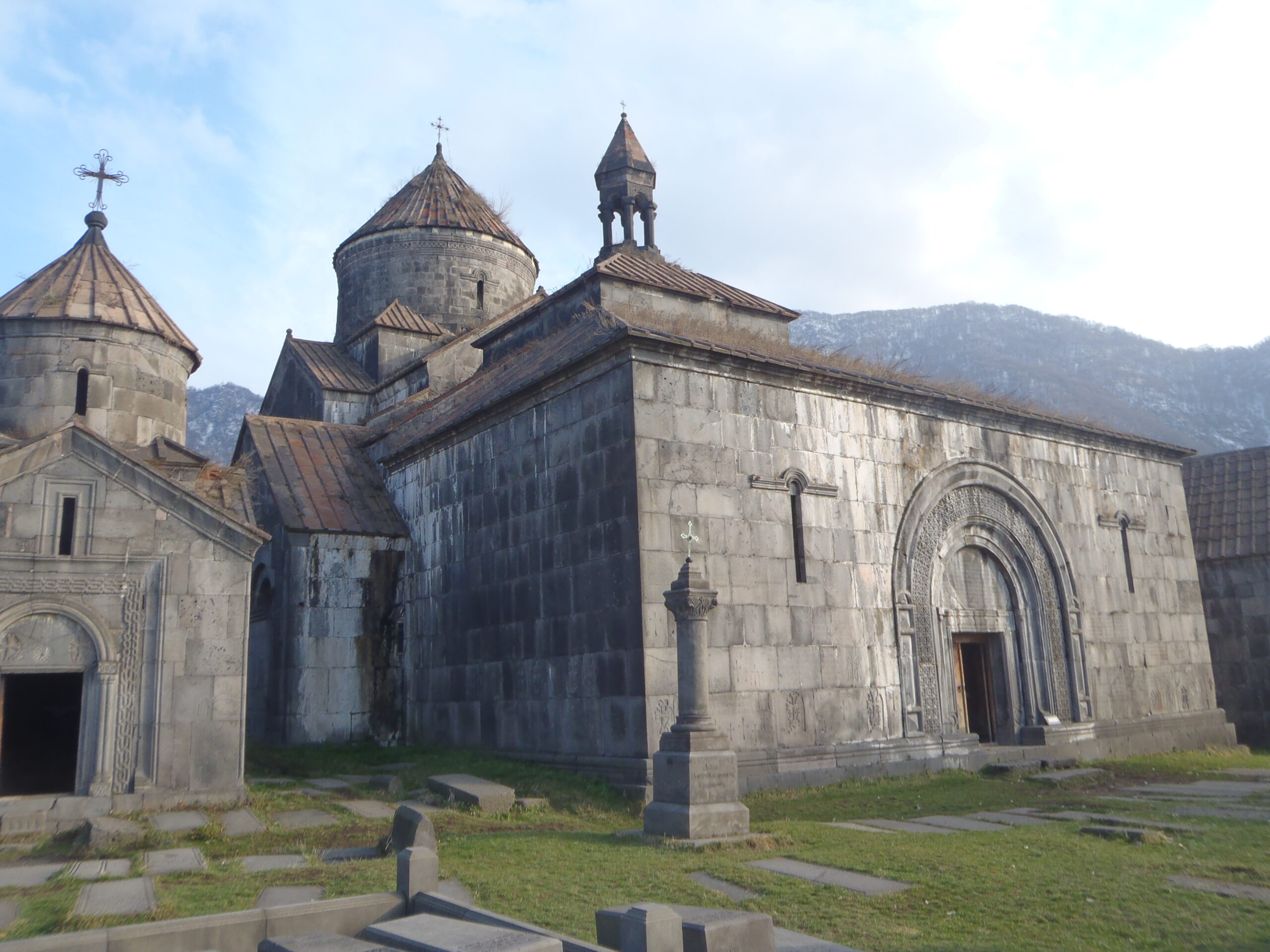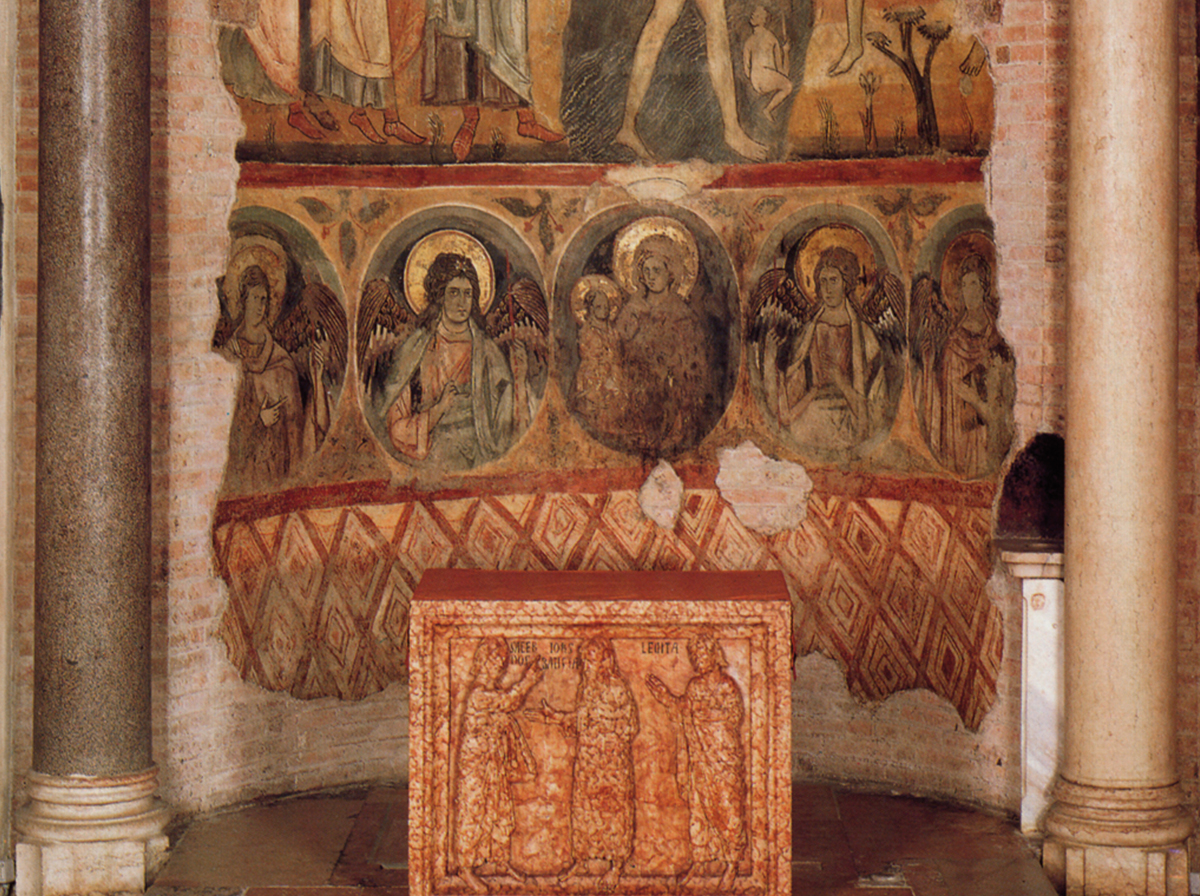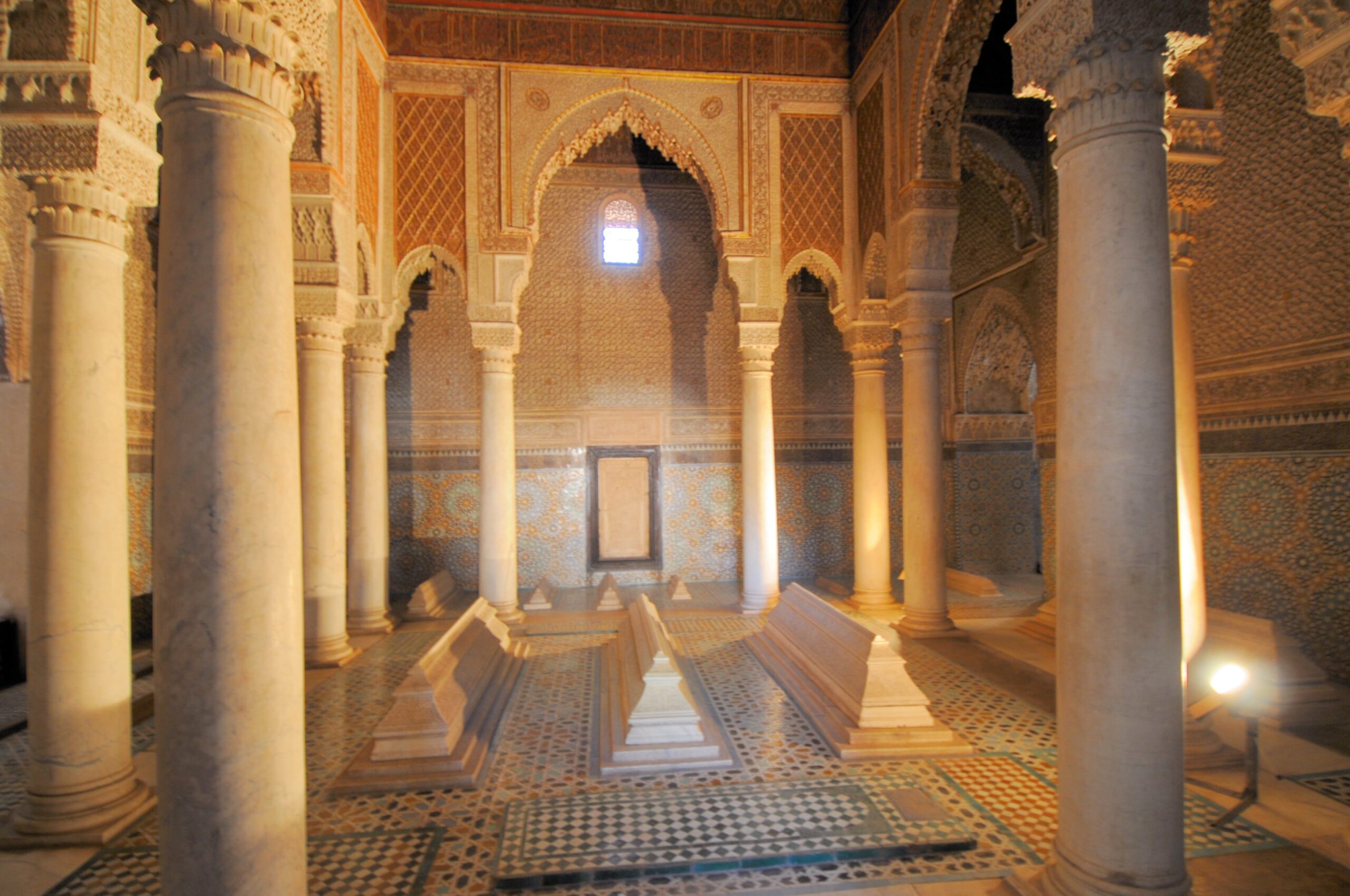The Basilica of Santi Quattro Coronati is part of a Christian complex located in the Roman district of Celio, on the hill of the same name. The impression you get when you cross the threshold is that of being immersed in an ancient atmosphere suspended in time, far from the chaos and frenetic pace of the modern city.
In the complex you can visit: the Church dedicated to the four Christian Martyrs, the enchanting thirteenth-century Cloister, the Calendar Room and the Chapel of St. Sylvester, the Hall of Pentaphores and the wonderful frescoes of the Gothic Hall.The name of this convent derives from the four martyred soldiers ("crowned" that is, by the laurel of martyrdom) Severus, Severianus, Carpophorus and Victorinus, guilty of not wanting to execute four or five sculptors who had refused to sculpt the statue of a pagan idol, thus affirming their Christian faith. The church today looks like a fortress, a medieval fortress, surrounded by imposing walls and topped by a tower. The original nucleus was built in the IV century by pope Melchiade with the name of "titulus Aemilianae" or "titulus Ss.Quattuor Coronatorum", of which still survives the apse (in the photo 1) and some rests situated under the actual basilica; in the VII century pope Onorio I rebuilt and widened the church that then in the IX century Leo IV submitted to a radical restoration. Destroyed by the Normans of Robert Guiscard in 1084, the church was rebuilt in reduced forms by Pasquale II at the beginning of the twelfth century: on this occasion the front was transformed into a courtyard, the original nave divided into three aisles with two rows of columns and the side aisles transformed into a cloister and a refectory.In 1116 the complex was entrusted to a monastic congregation, in 1138 it became administration of the Benedictines of the abbey of Sassovivo of Foligno who maintained it until the fifteenth century. Then with Martino V it became episcopal residence; in 1521 it passed to the Camaldolesi and in 1560 to the Augustinian nuns, that still maintain the care of it. Pius IV (1559-65) restored it again, granting the annexed monastery to the poor orphans who had moved here from the Tiber Island: this was the oldest conservatory for spinsters to be built in Rome. For centuries it was the bastion of the Lateran Palace and a papal residence: in 1265 Charles of Anjou also lived here.
Inside the church are visible remains of medieval frescoes from the mid-thirteenth and fourteenth centuries. In the left aisle the altar of S. Sebastiano, the most venerated of the basilica. The apse is frescoed with the Glory of All Saints (1623). From the left aisle there is access to the cosmatesque cloister of the 13th century.
From the second portico, on the right, it is possible to visit the room of the calendar, so called because of the frescoes of the 13th century which came to light in 1913. The personifications of the months of the year are depicted here with calendar scrolls in Gothic script. The peculiarity is the presence of written text, which was common in illuminated codes, but not in painting.
Also beautiful is the Chapel of San Silvestro with its thirteenth-century frescoes that seem to have come out of the artist’s brush yesterday. They tell the stories of Pope Sylvester, the so-called Donation of Constantine, that crazy fake for which the Church justified for centuries the temporal power of the Popes, heirs of the Roman emperors. Here he is, Constantine with a face full of pustules, poor emperor, he had caught leprosy, and here is Pope Sylvester who baptizes him, he heals, converts to Christianity and gives the city of Rome and the entire West to the Pope.
